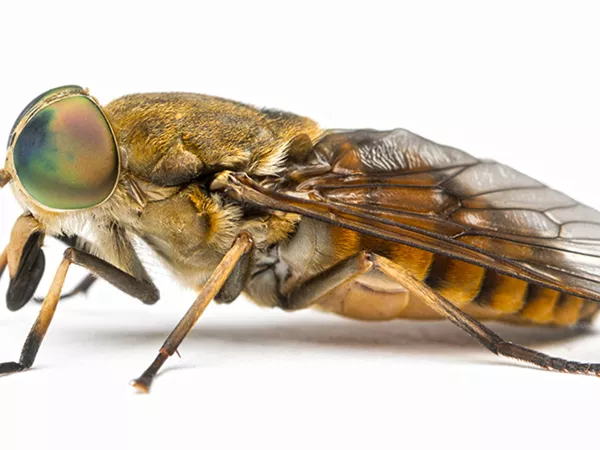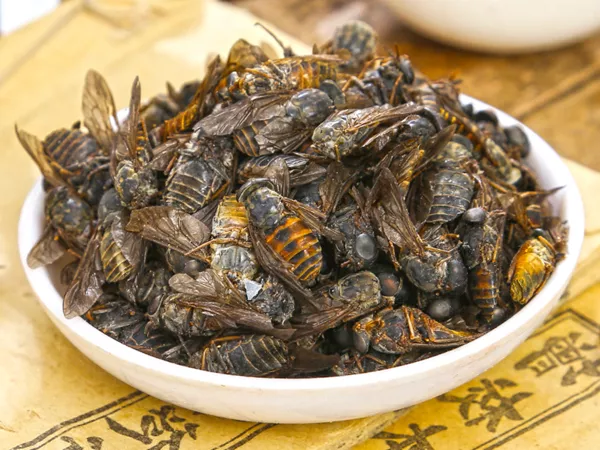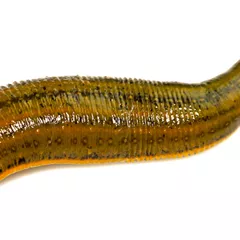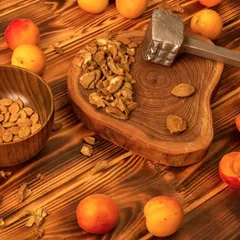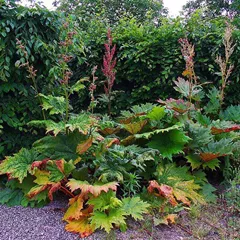Use of Meng Chong (tabanus horseflies) in TCM
Please note that you should never self-prescribe TCM ingredients. A TCM ingredient is almost never eaten on its own but as part of a formula containing several ingredients that act together. Please consult a professional TCM practitioner, they will be best able to guide you.
Preparation: Collect the bug and dry
Dosage: 1-3g
Main actions according to TCM*: Removes Blood Stagnation so as to unblock Blood vessels and reduce abdominal masses. Promotes heeling of injury and stops pain.
Primary conditions or symptoms for which Meng Chong may be prescribed by TCM doctors*: Amenorrhea Abdominal masses Prolonged lochia Stasis by traumatic injury
Contraindications*: Not suitable during pregnancy and for these patients without symptoms of Blood Stagnation.
Common TCM formulas in which Meng Chong is used*
Di Dang Tang
Source date: 220 AD
Number of ingredients: 4 herbs
Formula key actions: Breaks up and dispels Blood Stagnation .
Conditions targeted*: Acute pelvic inflammatoryLeiomyoma and others
Meng Chong is a king ingredient in Di Dang Tang. Like the name indicates, it means it has more power than other ingredients in the formula.
In Di Dang Tang, Meng Chong is slightly bitter and slightly cooling. Like the other key herb Leech, it also enters the Liver Channel and is even stronger than Leech in breaking up Blood Stagnation.
These two herbs have a synergy that makes this formula one of the strongest in expelling Blood Stagnation.
Da Huang Zhe Chong Wan
Source date: 220 AD
Number of ingredients: 12 herbs
Formula key actions: Breaks up and dispels Blood Stagnation. Generates new Blood .
Conditions targeted*: Chronic hepatitisAlcoholic liver disease and others
Meng Chong is a deputy ingredient in Da Huang Zhe Chong Wan. This means it helps the king ingredient(s) treat the main pattern or it serves to treat a coexisting pattern.
In Da Huang Zhe Chong Wan, Meng Chong assists the key ingredients by invigorating the Blood,
unblocking the Channels, and breaking up Blood Stagnation, thereby reducing the fixed abdominal masses.
Key TCM concepts behind Meng Chong's properties
In Traditional Chinese Medicine (TCM), Meng Chong belongs to the 'Herbs that invigorate the Blood' category. Like the name indicates these herbs tend to stimulate the Blood flow. In TCM they're used to help the circulation of Blood in cardiovascular conditions or menstrual irregularities as well as to treat acute pains caused by Blood Stagnation. They can also be used to treat Blood Stagnation when it causes certain tumors, cysts and hardened clots.
Furthermore Meng Chong is Cool in nature. This means that Meng Chong tends to help people who have too much 'Heat' in their body, although with less effect than a plant that would be Cold in nature. Balance between Yin and Yang is a key health concept in TCM. Those who have too much Heat in their body are said to either have a Yang Excess (because Yang is Hot in nature) or a Yin deficiency (Yin is Cold in Nature). Depending on your condition Meng Chong can help restore a harmonious balance between Yin and Yang.
Meng Chong also tastes Bitter. The so-called 'Five Phases' theory in Chinese Medicine states that the taste of TCM ingredients is a key determinant of their action in the body. Bitter ingredients like Meng Chong tends to have a cleansing action on the body by clearing Heat, drying Dampness and promoting elimination via urination or bowel movements.
The tastes of ingredients in TCM also determine what Organs and Meridians they target. As such Meng Chong is thought to target the Liver. In TCM the Liver is often referred as the body's "general" because it is in charge of regulating the movements of Qi and the Body Fluids. It also takes a leading role in balancing our emotions.

